 TECH
TECH
By JEFF HUNEYCUTT  Photography by THE AUTHOR
Photography by THE AUTHOR
ou’ve probably seen the memes on social media that show a ludicrously gigantic, locomotive-sized blower or turbo mounted up to an engine on some car with a caption that reads something like, “After a week, John decides he needs more power.”
And it’s funny because, by and large, it’s true.
If being a car guy or gal is a disease, then symptom number one is a constant, unslacking thirst for power. After all, what’s more fun than a hard hit off the line, or turning a set of perfectly good tires into smoke? It’s addictive, right?
That’s where Vortech Superchargers has made its mark on the industry, both among hard-core racers and hobbyists. Their rock-solid centrifugal blower designs and mounting kits are one of the easiest ways to make absolute gobs of dependable power in practically anything that turns gasoline into motion.
And possibly the coolest thing about the kit is it is designed to meet the greatest desire of us car guys and gals: an affordable, easy horsepower boost to our rides that we can do ourselves right in the garage or driveway. In fact, Vortech says the kit can be installed in four to six hours. The basic kit is pretty affordable, at just a smidge over $5,000–impressive considering all that’s included.
Now, understand that this is not a no-holds-barred, horsepower-at-all-costs blower kit. Instead, this is an intelligently designed kit for a specific purpose that many of us can appreciate. It is designed to bolt directly to a stock, or lightly modified, small-block Chevrolet and boost the horsepower between 35 to 65 percent. So, we’re talking a significant boost to both horsepower and torque without the need to swap out the stock camshaft, stamped steel rockers, valvesprings, or anything else. You will need a blow-through carburetor or boost-capable EFI system, the radiator fan must be electric, and if you want to run A/C you may need to swap out for a different compressor unit. But for the most part everything else you need is either in the kit or already on your engine.
So, when we recently got our hands on a Gen 3 small-block Vortech blower kit for some testing, we wanted to see just how far we could push the design. Instead of a stock Chevrolet 350 small-block, we decided to bolt the kit up to a bored and stroked small-block capable of roughly double the horsepower of most stock 350 engines. (Yes, we understand that the 350 was produced by Chevrolet for decades with a wide range of power levels, but we went with the average spec of 250 peak horsepower, the majority of 350s were capable of producing.)
The reason for this decision is simple. We know the guys at Vortech and have used their blowers and kits for years. They don’t blow smoke with their marketing, so when they say it will produce approximately 5 psi at 5,500 rpm on a stock or mildly modified 350, then that’s what it will do.
If we bolted up the kit to a stock 350 small-block, we knew the results would be exactly what we were told to expect. Instead, we decided to have a little fun and try to find just how far the Vortech kit can be pushed. What are its weak links? Where does it shine? It’s time to get down to the real nitty-gritty.
Our test engine has a 4.125-inch bore and 4.00-inch stroke, giving it a displacement of 427 ci. For cylinder heads we’re running a pair of aluminum Brodix Dragon Slayers with 68cc, CNC-cut combustion chambers, and 225cc intake runners. They are outfitted with stainless valves sized at 2.080 for the intakes and 1.600 inches for the exhausts and can flow over 300 cfm at 0.600 valve lift.
The valvetrain is a hydraulic roller spec’d out by Comp Cams. Our cam is designed to be streetable using a torque converter with a real-world stall level, so the duration is relatively short. It is ground with 231 degrees of duration for the intakes and 243 for the exhausts—both at 0.050 inch of tappet lift. Gross valve lift is 0.598 inch for the intakes and 0.600 for the exhausts. Right up against the peak 300-cfm flow numbers of the Brodix heads, if you remember.
To help move plenty of air into those heads, they are topped with an Edelbrock Super Victor single-plane intake manifold. And since this is 2023, we ditched the carburetor for a Holley Sniper Stealth EFI setup for tuning ease and superior overall performance.
One change we made specifically for this test was to knock the compression down a bit. With the big bore and 4-inch stroke, as originally built the 427 had a compression ratio of 10.1:1. That’s fine for pump gas naturally aspirated, but possibly a bit much when the Vortech blower starts adding compression. So, we called up Summit Racing and they sent us a set of extra-thick, multi-layer steel head gaskets that are 0.070 inch thick when compressed. That’s 0.040 over the standard, which knocked the compression ratio down to 9.35:1. This way we can still reliably run pump gas.
One of the cool things about Vortech’s kit is that it is flexible according to your needs. Got a lightweight, bare-bones hot rod? Then the standard kit is for you. Do you enjoy the finer things in life and want to keep your power steering and/or air conditioning? Then you can have either or both with a couple of add-on brackets. The modern serpentine belt system easily accommodates whatever setup you like.
While Vortech does offer the bracketry needed, you may need to come up with a few components if they aren’t already on your engine. That’s the situation that we ran into. Our 427 small-block had previously spent its life as a dyno test mule. As such, all we had was a single belt driving the water pump.
But Vortech provides part numbers for everything necessary to make it all work. We wanted to test the complete setup, so we dialed up Summit Racing’s website and ordered the power steering pump, A/C compressor, alternator, water pump, and all the associated pulleys we needed and had it all delivered to the shop two days later.
Naturally aspirated, our small-block Chevy performed surprisingly well. Even with the lowered compression, dyno testing showed the 427 made 524.1 hp at 5,700 rpm and 529.7 lb-ft of torque at 4,800. Not bad.
But when we bolted on the Vortech blower—even though it is one of the smaller units in the Vortech lineup—things really took off. We chose to run a Holley Sniper Stealth EFI unit along with their Hyperspark Ignition that’s designed to mate perfectly with the Sniper setup. So instead of fiddling with jets in a blow-through carburetor, we simply let the ECU handle both the fuel and ignition curves. Tuning was literally a matter of giving the built-in ECU time to do its thing.
It turns out the Sniper EFI and Vortech blower go together like ham and eggs. After running the Sniper setup on the engine in naturally aspirated mode, we bolted up the discharge tube connecting the blower to the carburetor hat, reinstalled the blower belt drive, and let ’er rip. Within a couple of pulls we were making a consistent 689.4 hp at 6,100 rpm and 642 lb-ft of torque at 5,000.
That, by the way, is an improvement of an astounding 165.3 hp and 112.3 lb-ft of torque! Maybe best of all is the fact that the torque was already sky high at 629.7 when we began the pull at 4,500 rpm and didn’t drop below 600 until all the way up in the range at 6,100 rpm. It’s torque that makes any car or truck fun to drive, and this kit provides it in spades.
The strength of Vortech’s newest kit is it does exactly what they say it will do. It bolts right up, the bracketry is all beefy while also being compact, so the blower should fit under the hood of most cars, and the V-3 Si-Trim compressor is efficient and runs cool.
The one thing we noticed during testing that could conceivably be called a weakness was blower belt slip around 6,300 rpm or so. You could hear it and notice power and boost dip on the dyno graph. With that said, Vortech offers a cog setup for this kit as an upgrade that takes care of the slippage.
At first blush, you might think the 10-ribbed belt for the blower drive isn’t good enough, and a cogged belt, which practically cannot slip, is called for. And that was our first reaction. But then we took a moment and thought about why Vortech did purposely spec out a ribbed blower belt. The kit is engineered specifically for stock or mildly modified small-blocks, so the redline is almost always going to be well below 6,300 rpm. Before seeing that much rpm, you are going to get valve float, or the HEI distributor is going to run out of spark, or a whole host of other issues is going to get in the way. If you aren’t going to be running enough rpm to slip the belt, then a ribbed belt is the much-preferred option over cogged. That’s because a cogged belt causes a lot more parasitic drag on the engine and literally eats horsepower. So, for this application, the 10-rib blower drive belt is the smart choice. It will be more efficient to save horsepower, last longer, and work just as well in the correct rpm range.
Overall, we couldn’t be happier with how Vortech’s newest blower kit performed. It turned out so good, in fact, that we’ve decided the 427 in its current form would be too much fun not to take advantage of. So, it’s being retired from duty as a dyno mule and will be installed in a car—blower and all—in the near future.
Stay tuned!
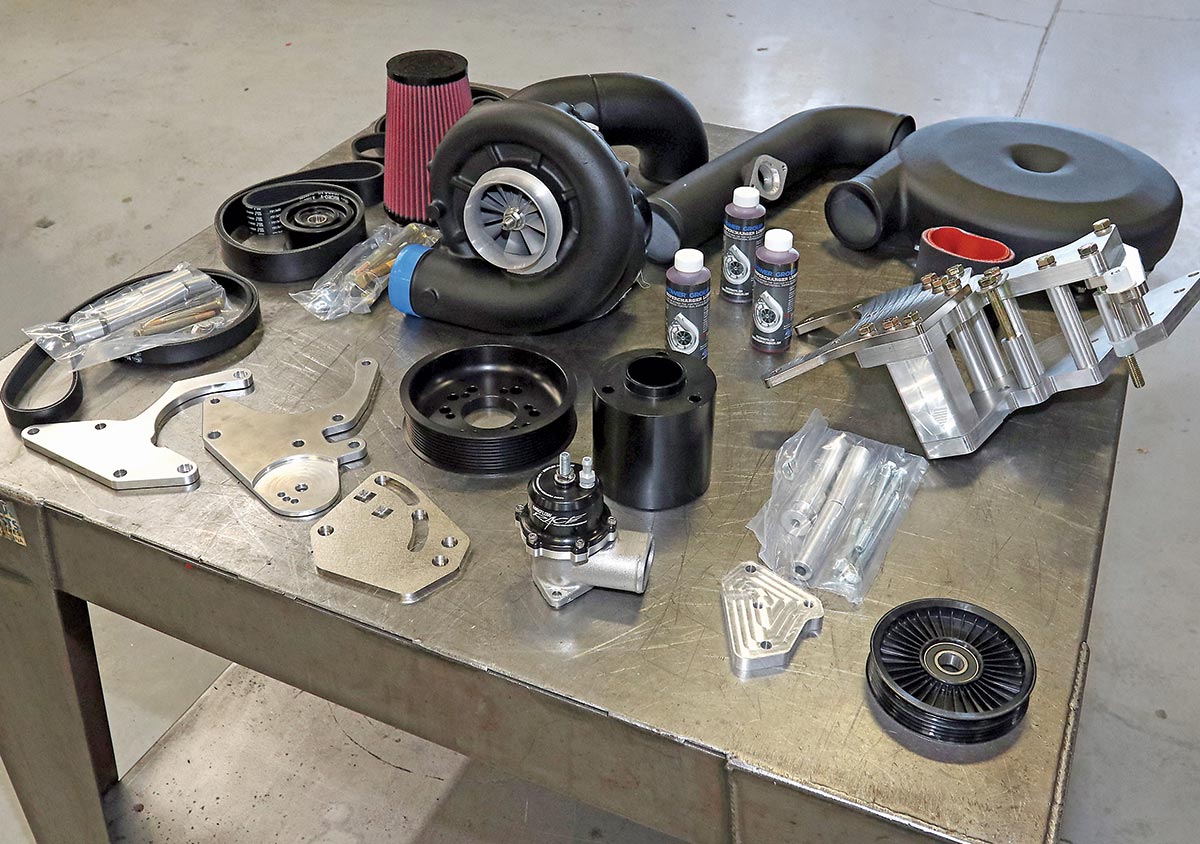


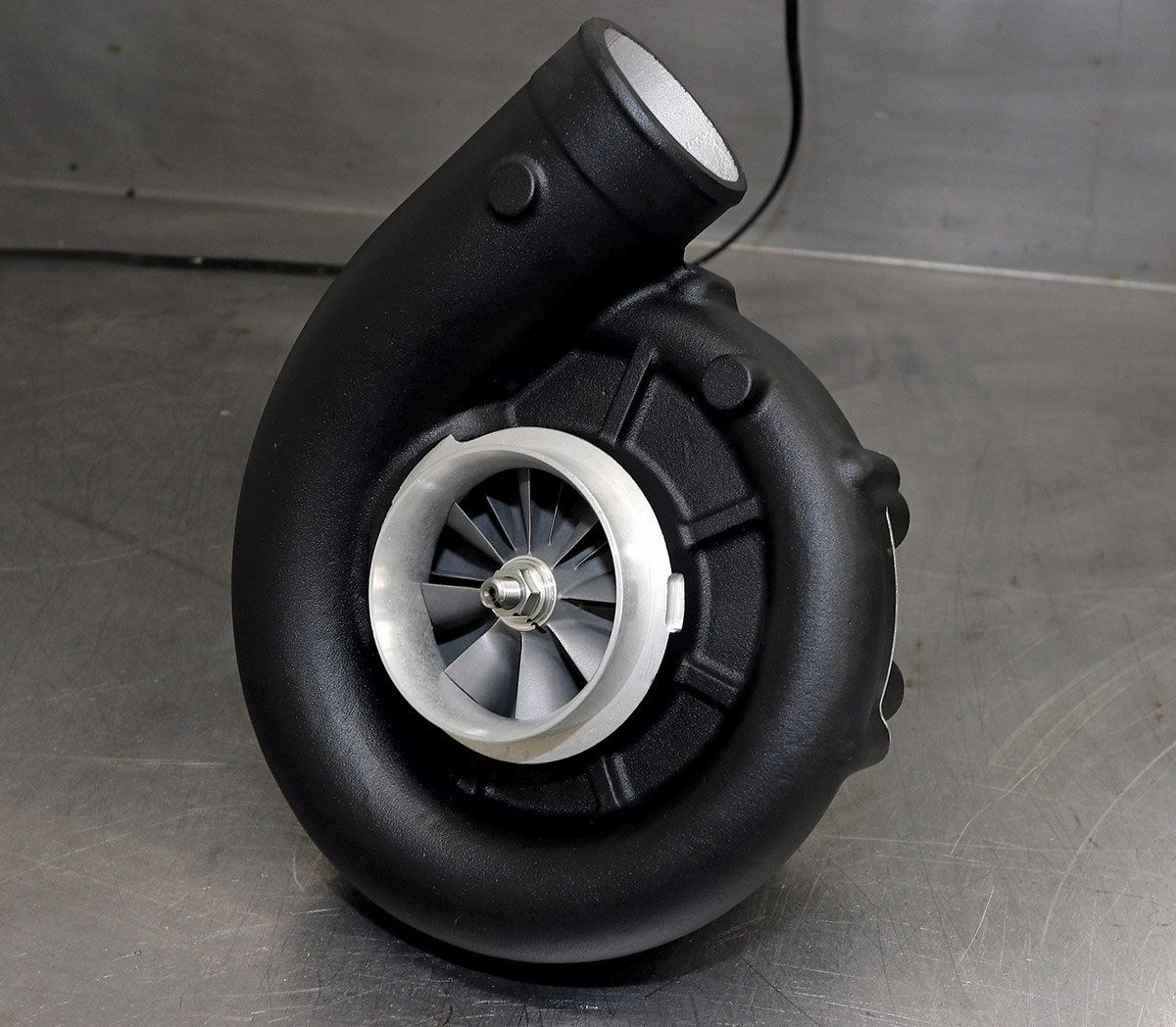
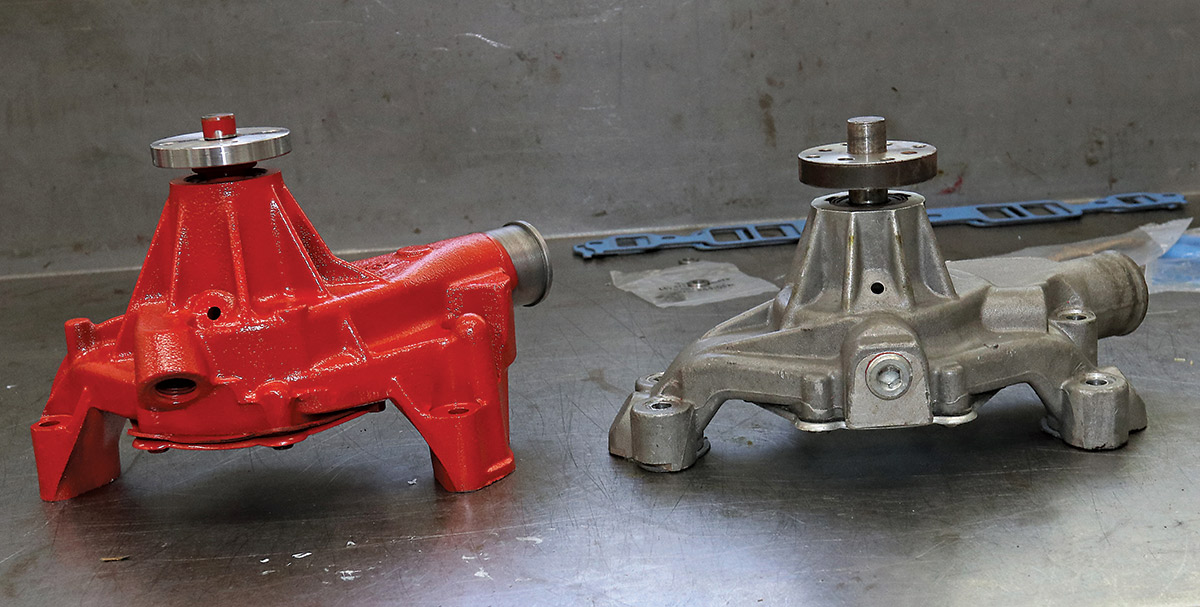

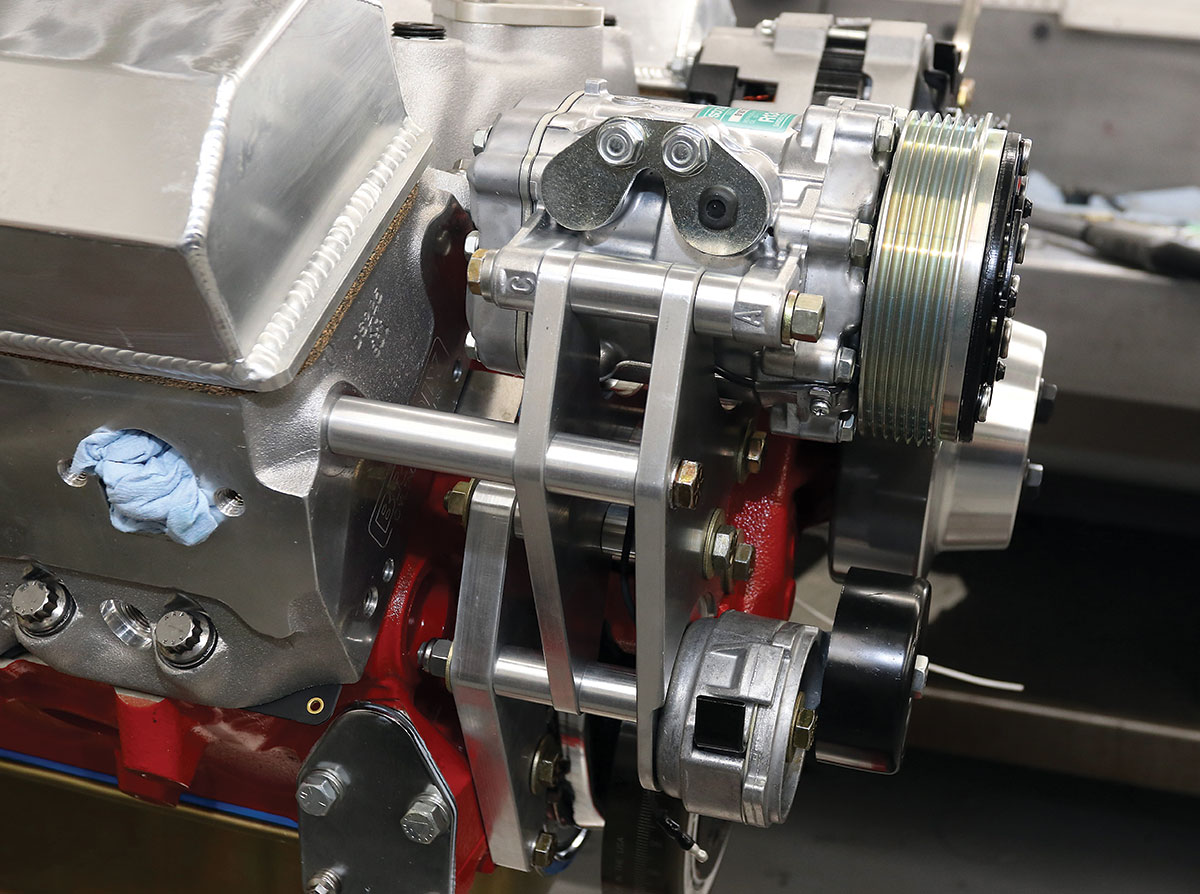


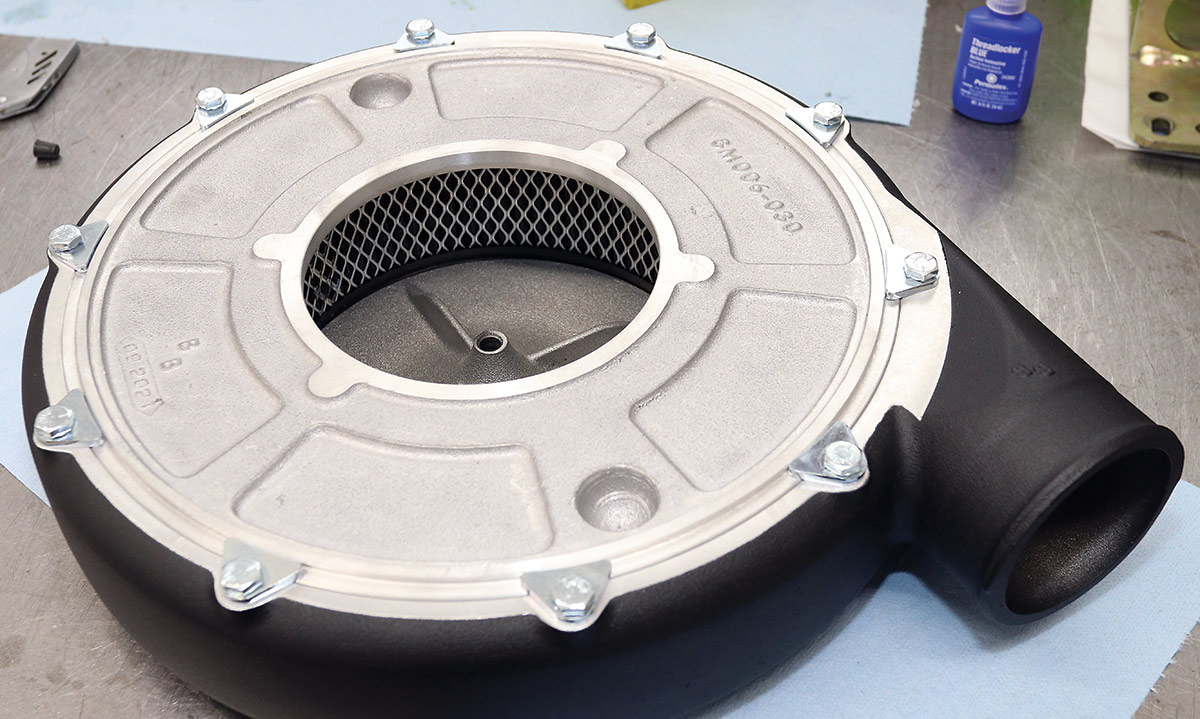
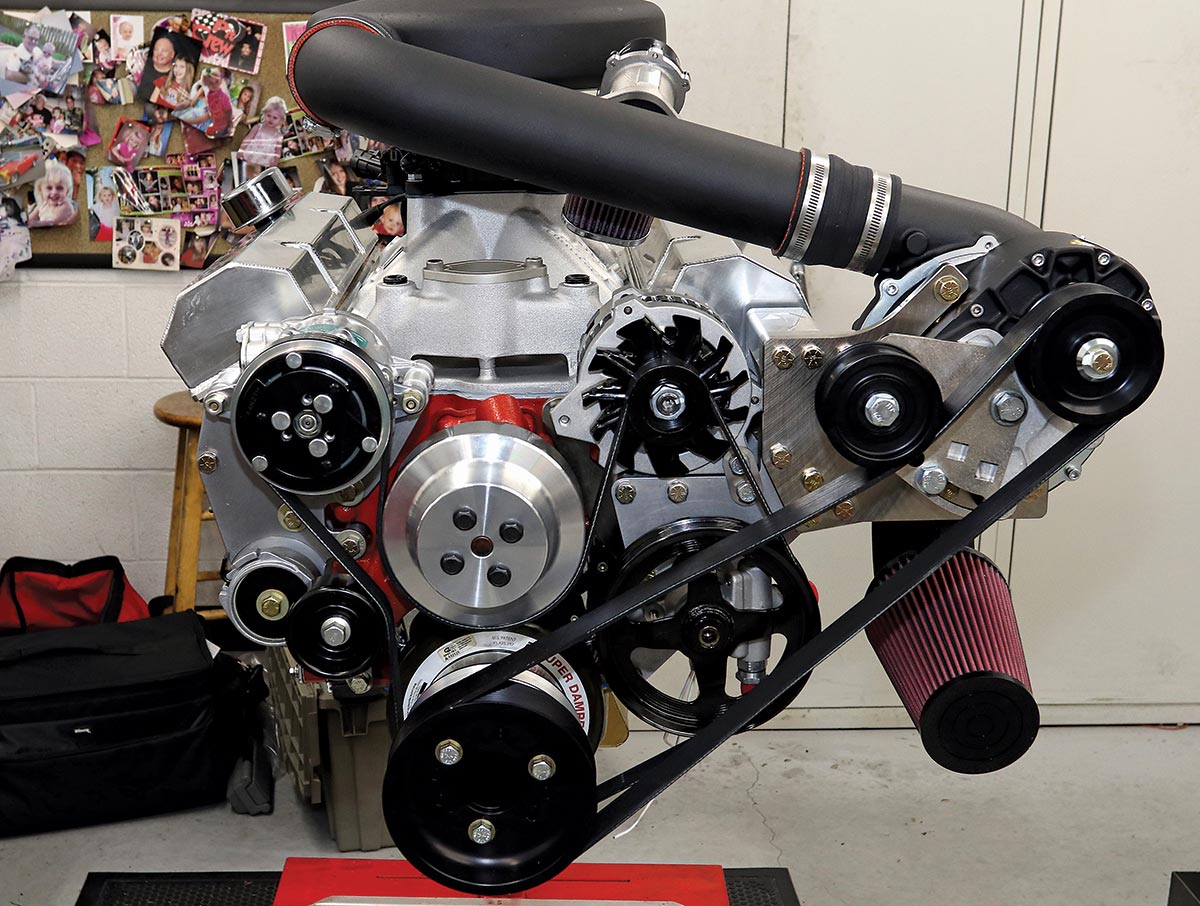
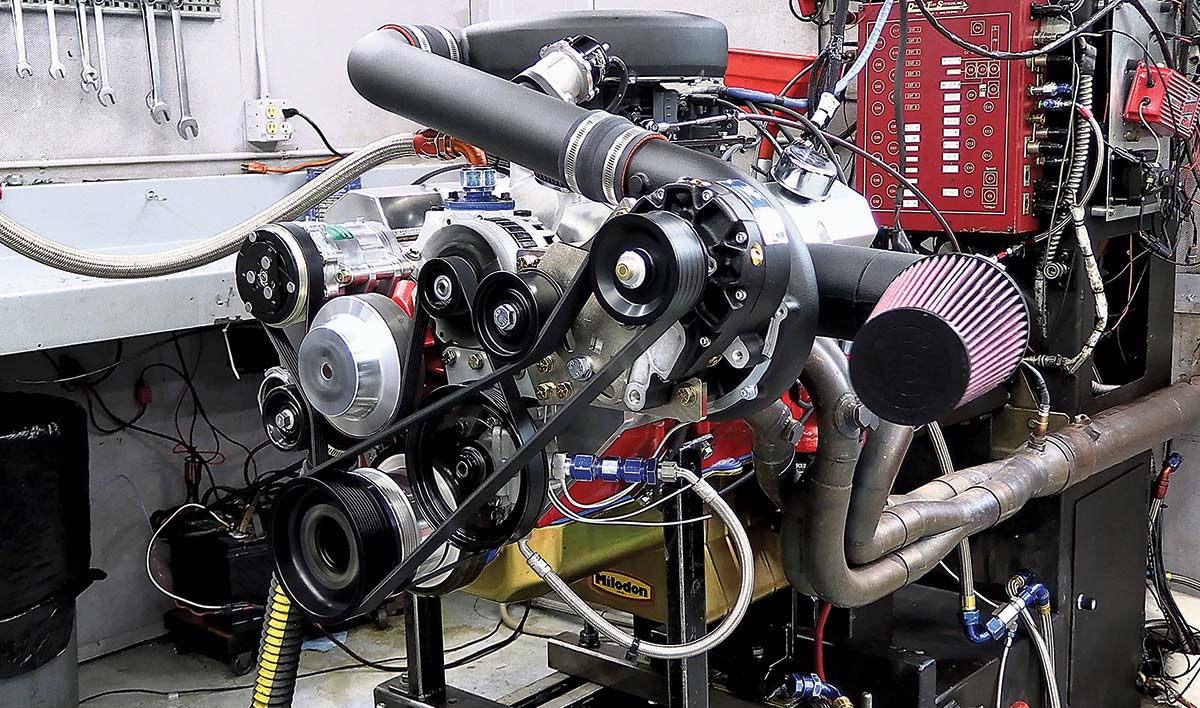
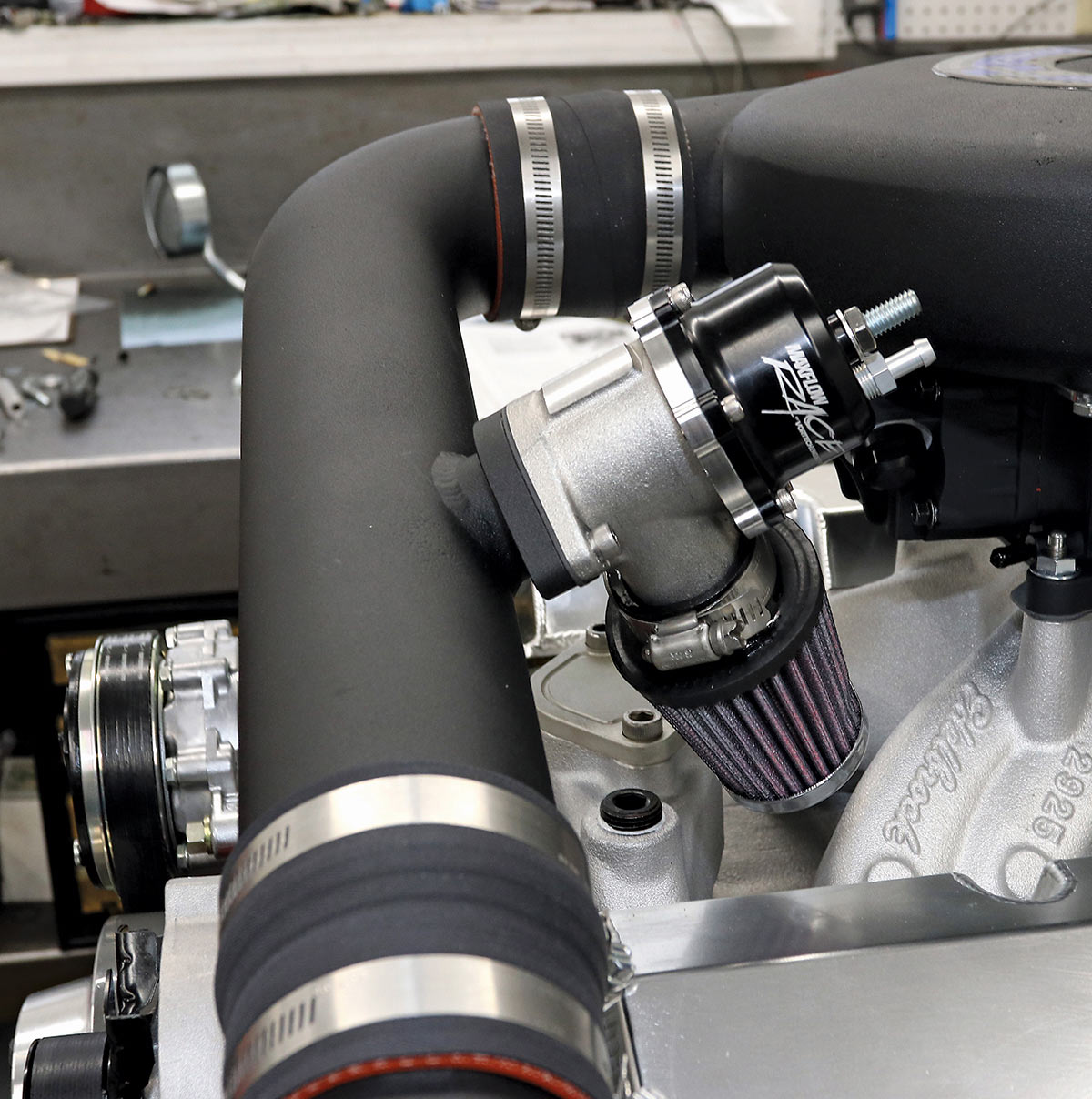
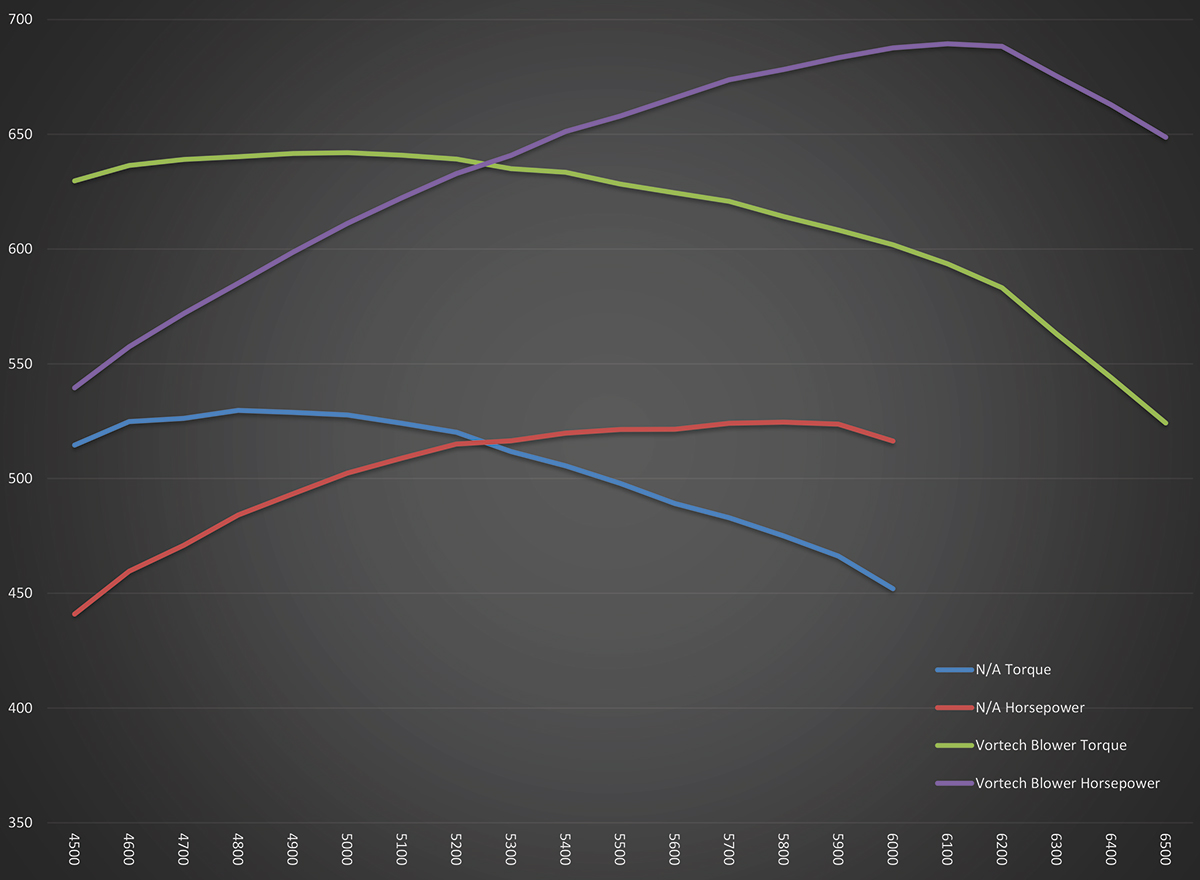
 SOURCES
SOURCES